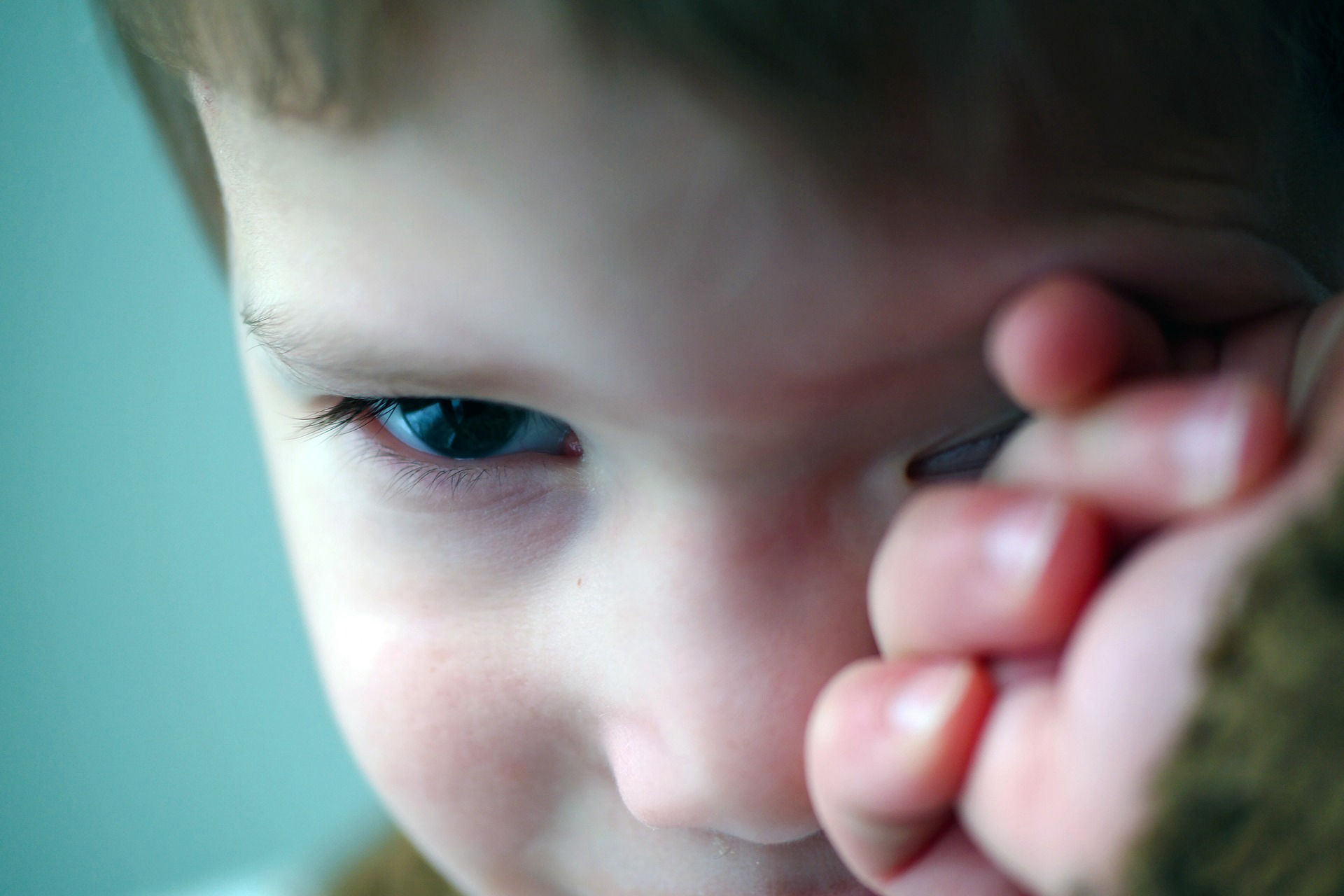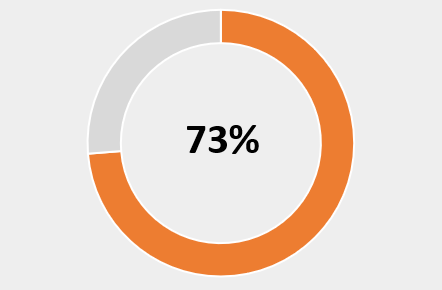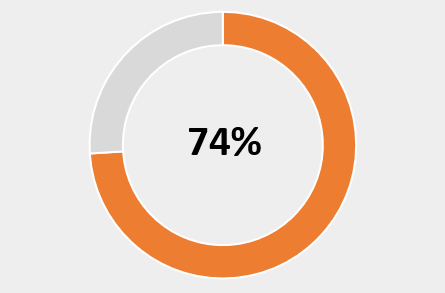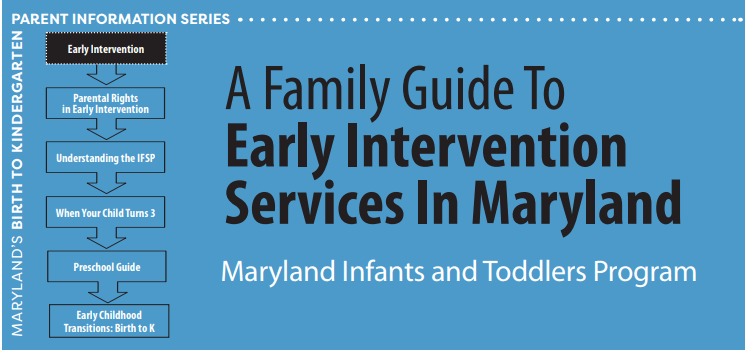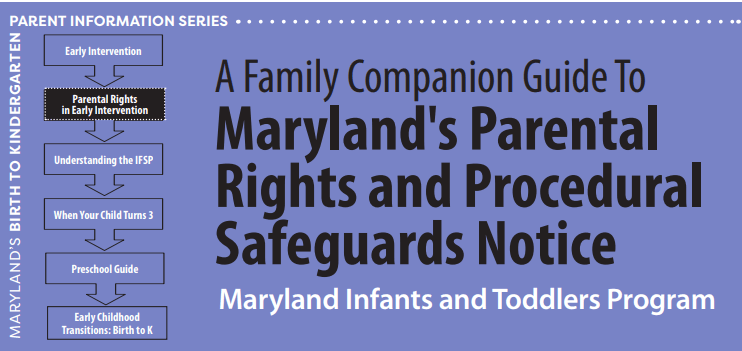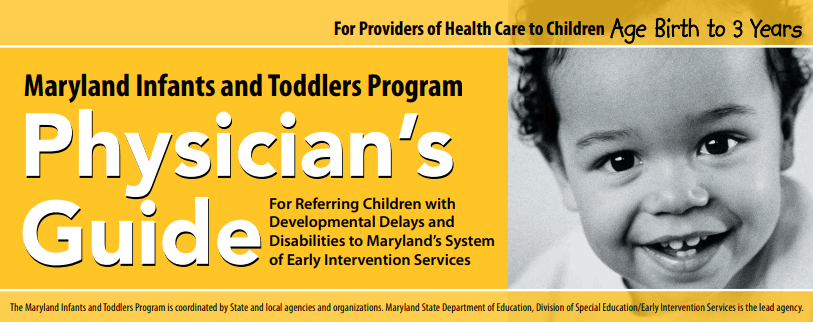Maryland Infants & Toddlers Program

family-centered focus
Families are strong and valued partners whose needs and priorities are key throughout the entire process. Decisions about services and strategies for intervention are made in collaboration with families.
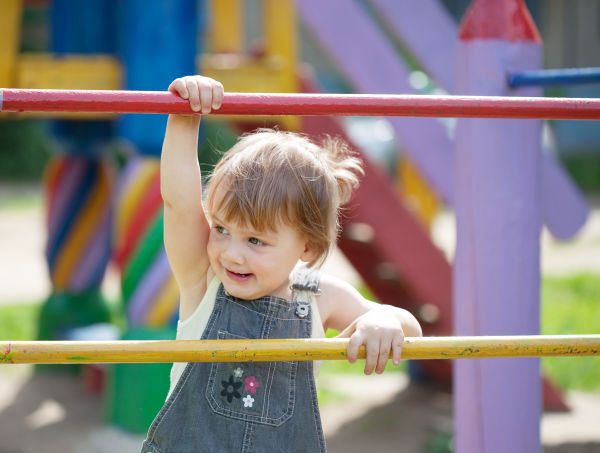
services delivered in natural environments
A natural environment is a location where a child and family spend time, including the home, child care center, library, playground, and other community settings.
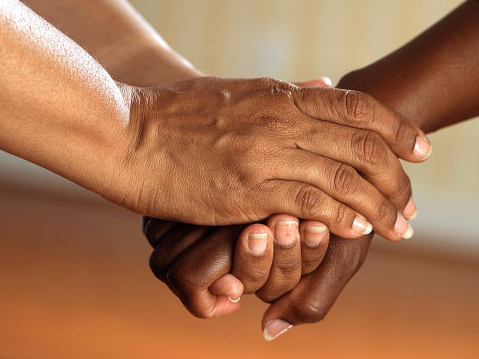
strong community engagement
The Maryland Infants and Toddlers Program cultivates strong partnerships with community programs and systems to ensure that families have the supports they need.



